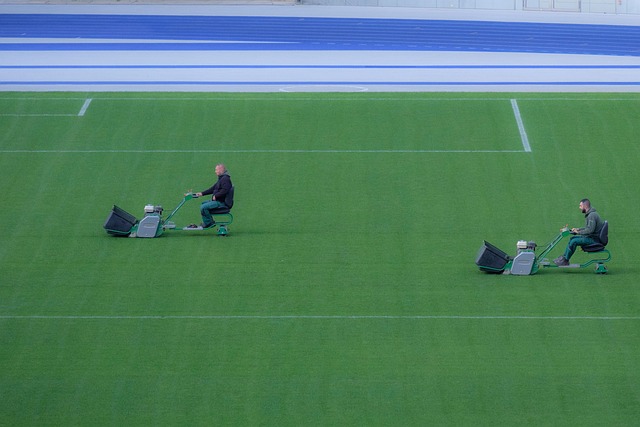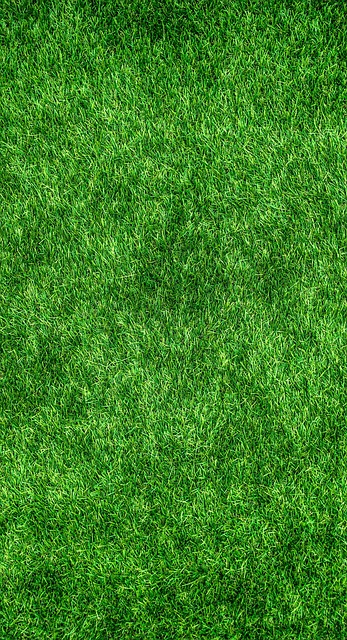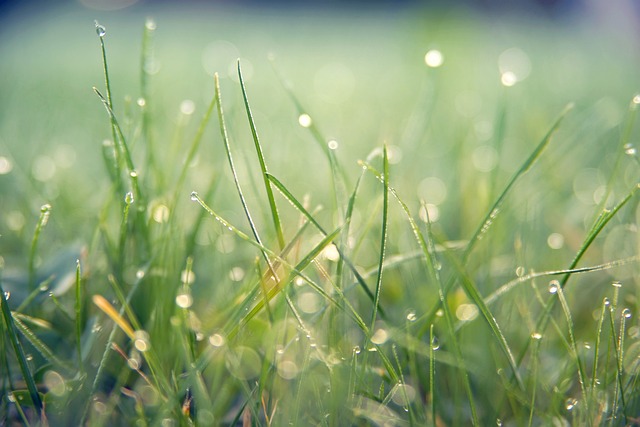Mulching and edging are essential lawn care and landscaping practices. Mulch retains moisture, suppresses weeds, regulates soil temp, and enriches soil over time with organic materials like wood chips or compost. Inorganic options like rock or rubber mulch last longer but don't enhance soil fertility. Maintain a 2-4 inch layer, avoid piling mulch against tree trunks, and regularly replenish for optimal results. Edging using string trimmers, edger attachments, or hand tools defines grass boundaries, prevents encroachment, and enhances tidiness. Combining mulching and edging creates a healthy ecosystem, reduces watering needs, facilitates precise maintenance, boosts aesthetic appeal, and strengthens lawn health.
Transform your lawn into a picture of perfection with effective mulching and edging techniques. This comprehensive guide explores the art of enhancing your outdoor space, offering both aesthetic and functional benefits. Mulching enriches soil health while controlling weeds, while precise edging defines boundaries and creates a polished look. Discover best practices for each technique, combining them for optimal lawn care and landscaping results. Elevate your yard’s appeal and maintain a lush, well-maintained landscape throughout the seasons.
- Understanding Mulching: Benefits and Best Practices
- Edging Techniques for Neat Lawns
- Combining Mulching and Edging for Optimal Lawn Care
Understanding Mulching: Benefits and Best Practices

Mulching is an essential practice in lawn care and landscaping, offering a multitude of benefits for your outdoor space. By applying a layer of organic or inorganic material on top of the soil, mulching helps to retain moisture, suppress weeds, and regulate soil temperature. Organic mulches, such as wood chips, straw, or compost, enrich the soil with essential nutrients over time, fostering healthier grass growth. Inorganic options like rock or rubber mulch provide longer-lasting solutions, though they don’t enhance soil fertility.
When applying mulch, best practices include maintaining a consistent thickness of 2-4 inches to prevent waterlogging and ensure even decomposition. Avoid piling mulch against tree trunks to deter pests and diseases from entering the trunk’s vascular system. Regularly replenish mulch as it decomposes or washes away, keeping the layer fresh for optimal lawn care and landscaping results.
Edging Techniques for Neat Lawns

Maintaining neat and well-defined edges on your lawn is an essential aspect of lawn care and landscaping. One effective technique is to use a string trimmer, which allows for precise cutting along sidewalks, driveways, and flower beds. These powerful tools come in various types, including gas, electric, and battery-powered models, catering to different user preferences and lawn sizes. For curved edges, consider a edger attachment for your string trimmer, offering a clean and seamless finish.
Alternatively, hand tools like edging forks or shovels can be employed for smaller areas or intricate designs. This manual approach requires more effort but provides better control and allows for creative landscaping. Combining these edging techniques ensures that every inch of your lawn is tidied up, enhancing the overall aesthetic appeal of your outdoor space. Effective lawn care and landscaping practices contribute to a vibrant and inviting yard.
Combining Mulching and Edging for Optimal Lawn Care

In the realm of lawn care and landscaping, mulching and edging are two powerful tools that, when combined, can transform your outdoor space. Mulching involves placing organic material, such as wood chips or straw, on top of the soil to retain moisture, suppress weeds, and enrich the soil over time. Edging, on the other hand, defines the boundaries between your lawn and pathways, flower beds, or other landscapes, preventing grass from encroaching and maintaining a neat appearance.
By integrating these two practices, you create a harmonious ecosystem that promotes healthy growth. Mulching preserves moisture, reducing the need for frequent watering, while edging ensures precise maintenance, saving time and effort in the long run. This approach not only enhances the aesthetic appeal of your lawn but also contributes to its overall health and resilience, making it a game-changer for any dedicated homeowner or professional landscaper.
Mulching and edging are essential practices in lawn care and landscaping, offering numerous benefits like suppressing weeds, retaining soil moisture, and enhancing the overall aesthetics of your yard. By combining these techniques, you can achieve a beautifully manicured lawn that is both healthy and low-maintenance. Incorporate these best practices into your routine to transform your outdoor space into a lush, well-defined oasis.



